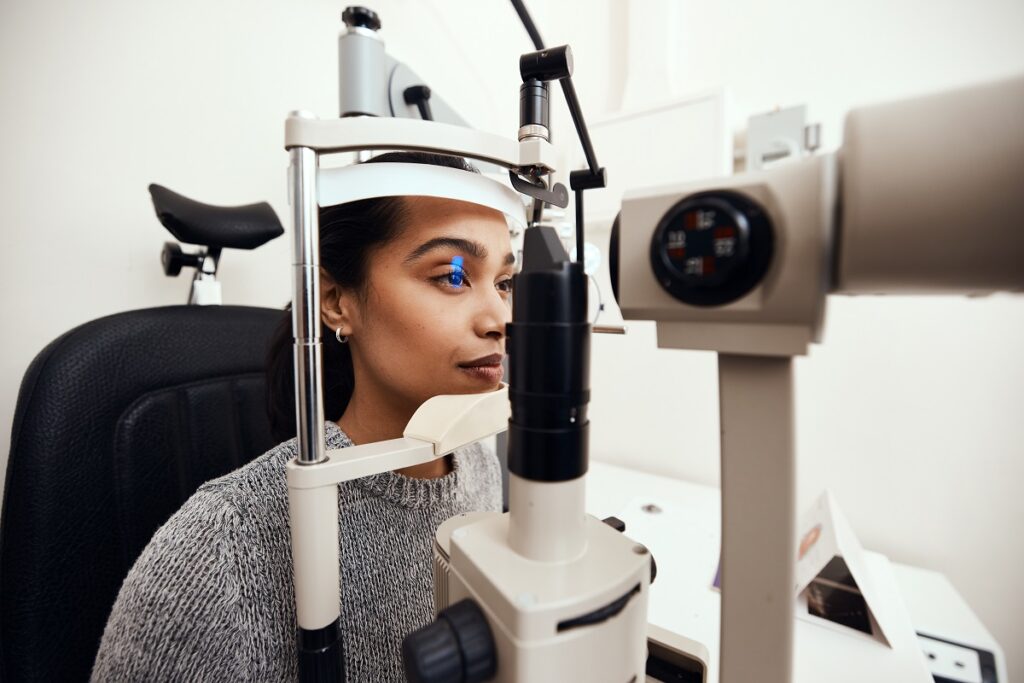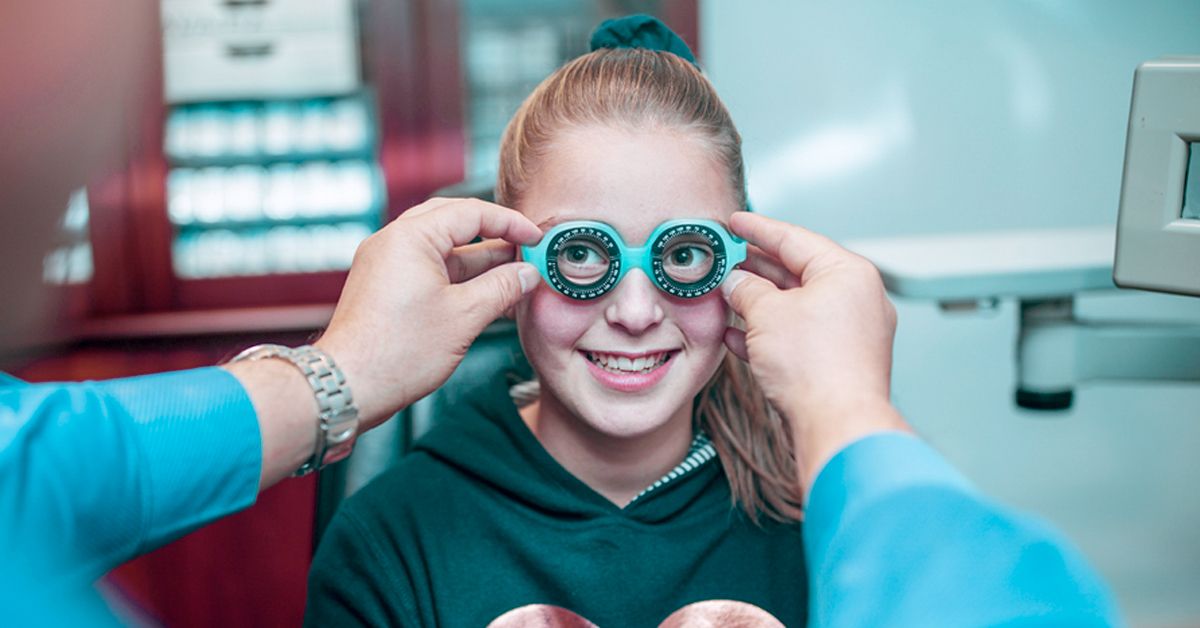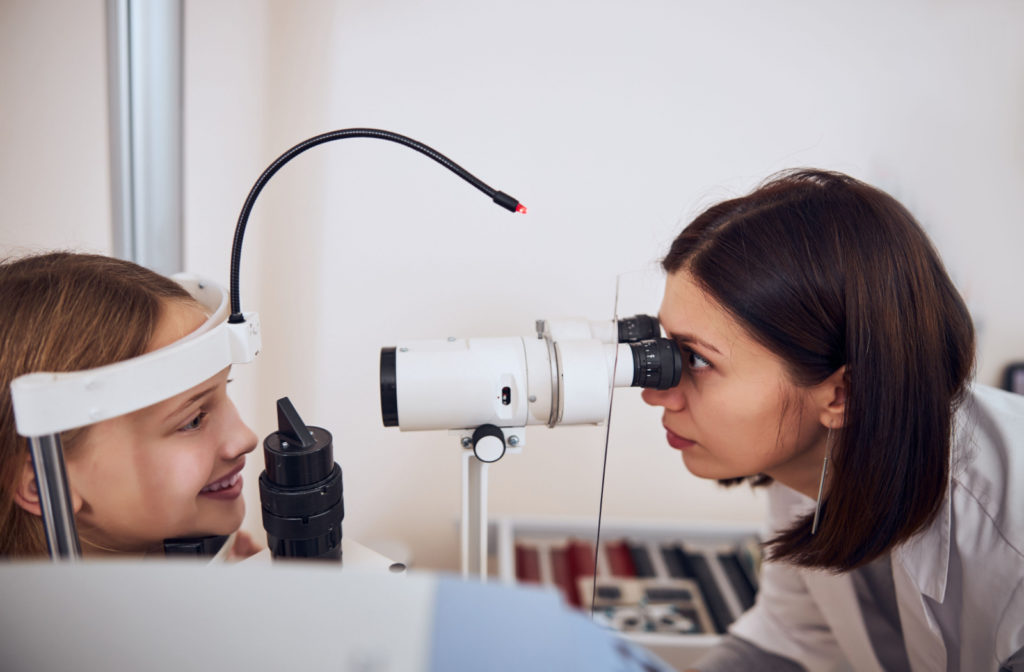Comprehending the Function of Your Eye Doctor in Keeping Vision
Comprehending the Function of Your Eye Doctor in Keeping Vision
Blog Article
Exploring the most recent Technical Developments in Optometry and What They Mean for Eye Doctors
In the ever-evolving area of optometry, recent technical developments are improving exactly how practitioners come close to eye care. From the accuracy of Optical Comprehensibility Tomography to the nuanced insights supplied by AI-driven diagnostic devices, these advancements are setting new requirements in client analysis and treatment. Teleoptometry is positioned to redefine accessibility, making certain that experience transcends geographical restrictions. As these advancements permeate the technique, optometrists are confronted with the obstacle of embracing these devices to boost client end results. Yet, the concern continues to be: how will these technological changes redefine the duties and obligations within the career?
Innovations in Diagnostic Equipment
Progressing the area of optometry, advancements in analysis devices have actually changed the way eye care professionals evaluate and diagnose visual impairments and ocular conditions. The previous years has actually experienced substantial technical improvements, making it possible for even more detailed and precise assessments. Optical Coherence Tomography (OCT), for example, offers high-resolution cross-sectional pictures of the retina, enabling the very early discovery of conditions such as glaucoma and age-related macular deterioration. This non-invasive imaging technique has come to be essential in contemporary optometric practice.
Another secret innovation is the introduction of innovative corneal topography systems, which map the surface curvature of the cornea with accuracy. These tools are especially beneficial for fitting call lenses and diagnosing corneal conditions. In addition, digital retinal imaging has changed typical ophthalmoscopy, providing in-depth, breathtaking views of the retina that help with complete visual assessments.
The development of wavefront aberrometry has also been important, allowing the evaluation of refractive mistakes with unequaled precision (Opticore Optometry). This modern technology aids in personalizing restorative lenses and boosting medical end results for refractive surgical procedures. Jointly, these analysis improvements encourage eye doctors to provide exceptional patient treatment, making sure very early intervention and tailored therapy approaches, inevitably boosting aesthetic health and wellness outcomes
AI in Patient Monitoring
Structure on the foundation of sophisticated diagnostic devices, the incorporation of fabricated intelligence (AI) in person administration stands for a transformative leap for optometry. AI systems are significantly employed to improve efficiency, accuracy, and personalization in person care.
Additionally, AI-driven platforms assist in structured client communications and administrative processes. Automated organizing, virtual examinations, and individualized follow-up plans not only boost patient contentment but likewise maximize time management for specialists. These systems can triage people based upon the urgency of their conditions, making sure that those in critical requirement get timely interest.
Additionally, AI improves decision-making by supplying optometrists with evidence-based referrals and therapy pathways. By integrating data from electronic health and wellness documents, AI devices supply understandings that educate clinical decisions, reducing the danger of mistakes and boosting patient outcomes. As AI continues to develop, its function in client administration will likely broaden, improving the landscape of optometric treatment.
Developments in Retinal Imaging
In the world of optometry, retinal imaging has actually experienced exceptional technical improvements that are boosting diagnostic capabilities and client care. Developments such as Optical Coherence Tomography (OCT) and fundus photography have actually changed just how eye doctors evaluate the retina and visualize. OCT, particularly, provides high-resolution, cross-sectional photos of the retina, permitting for the in-depth evaluation of its layers. This capability is important for very early go now discovery and administration of conditions like glaucoma, diabetic person retinopathy, and age-related macular degeneration.
Enhanced imaging methods like OCT angiography are additional refining analysis precision. This non-invasive strategy maps blood flow in the retina, supplying important insights right into vascular health without the demand for dye shots. Additionally, flexible optics technology is being integrated right into retinal imaging systems to fix eye aberrations, providing unprecedented photo clarity. Such advancements assist in the recognition of minute retinal adjustments that could symbolize condition progression.
Additionally, improvements in expert Learn More Here system are increasing retinal imaging by making it possible for computerized analysis of large datasets. These systems help eye doctors in identifying patterns a measure of pathology, consequently boosting analysis precision and efficiency. Collectively, these developments are transforming retinal imaging right into a keystone of modern-day eye care, enhancing results and broadening healing opportunities.
Teleoptometry's Expanding Duty
Teleoptometry is increasingly coming to be a crucial element of eye care, driven by innovations in electronic communication and analysis tools. This is particularly valuable in underserved and rural locations where access to specialized eye treatment is usually minimal.
The combination of artificial knowledge (AI) further boosts teleoptometry, allowing the evaluation of aesthetic information and helping in the detection of eye conditions such as glaucoma and diabetic retinopathy. AI-powered formulas can quickly analyze complicated imaging information, supplying optometrists with useful insights that boost clinical decision-making.
Additionally, teleoptometry supports continuity of treatment through smooth integration with digital health documents (EHRs), allowing eye doctors to keep detailed individual histories. This makes sure that patients get regular and individualized treatment also when talking to different professionals.
Despite these advantages, difficulties stay, consisting of making certain data safety and security and my link handling individual expectations. Nonetheless, teleoptometry represents a considerable stride in the direction of more obtainable, efficient, and patient-centered eye care. As innovation progresses, its duty is positioned to increase better.

Future Fads in Eye Treatment
A myriad of cutting-edge fads is established to improve the future of eye care, driven by technological advancements and the evolving needs of patients. One substantial fad is the combination of artificial intelligence (AI) in diagnostics, which assures to boost the accuracy and efficiency of eye examinations. AI formulas can assess huge amounts of data from retinal photos, possibly discovering conditions like diabetic person retinopathy and glaucoma earlier than typical approaches.
Additionally, individualized medicine is obtaining grip in optometry, with genetic screening notifying customized therapy plans. This approach intends to enhance patient end results by tailoring treatments to private hereditary profiles. Wearable technology, such as clever contact lenses, is likewise imminent, supplying real-time tracking of intraocular pressure or sugar levels, therefore providing continual insights right into ocular and systemic health.
The fostering of augmented truth (AR) and virtual truth (VIRTUAL REALITY) in training and client education and learning is one more emerging fad. These technologies supply immersive experiences that can enhance understanding and abilities both for optometrists and individuals. As these patterns evolve, optometrists have to remain abreast of technological advancements to offer cutting-edge care, making sure better client results and satisfaction in the dynamic landscape of eye treatment.
Verdict

Jointly, these analysis developments empower eye doctors to provide exceptional client treatment, making certain early intervention and customized treatment approaches, eventually improving aesthetic health and wellness outcomes.

As these modern technologies continue to progress, eye doctors must adapt and integrate them right into practice, ultimately enhancing operations efficiency and elevating the requirement of eye treatment supplied to people.
Report this page